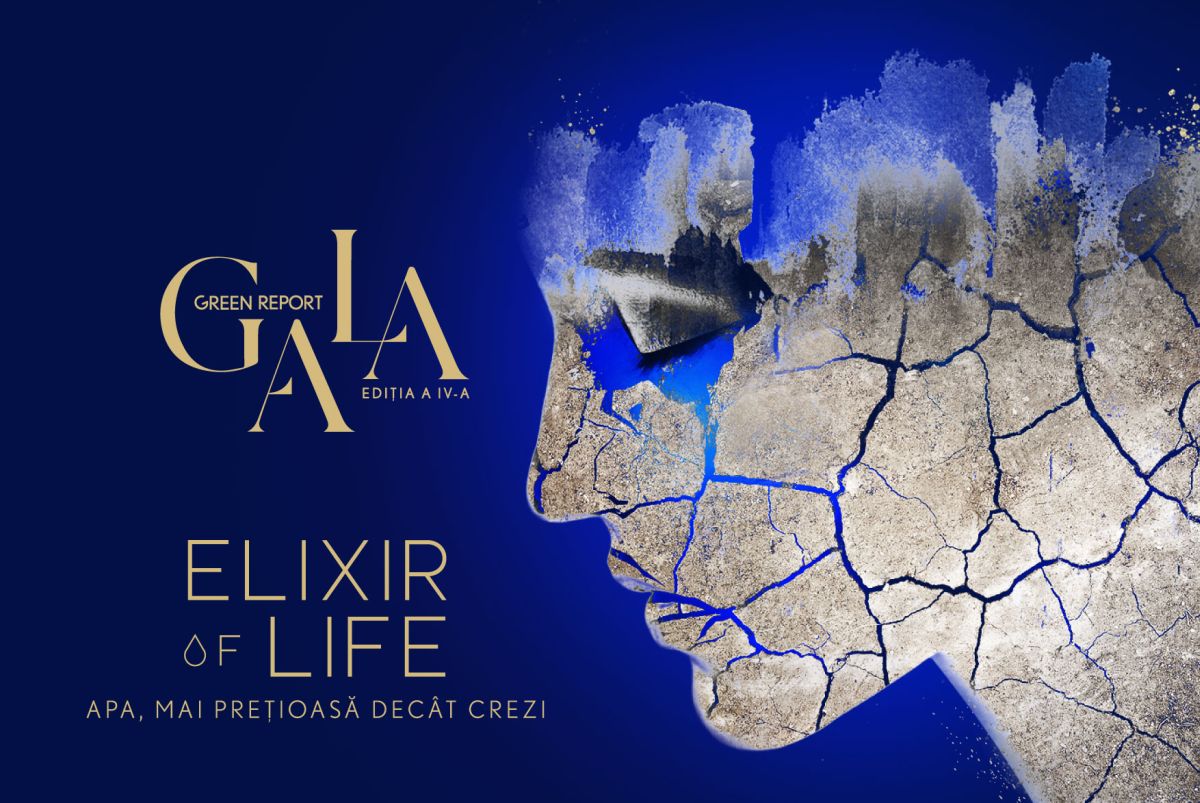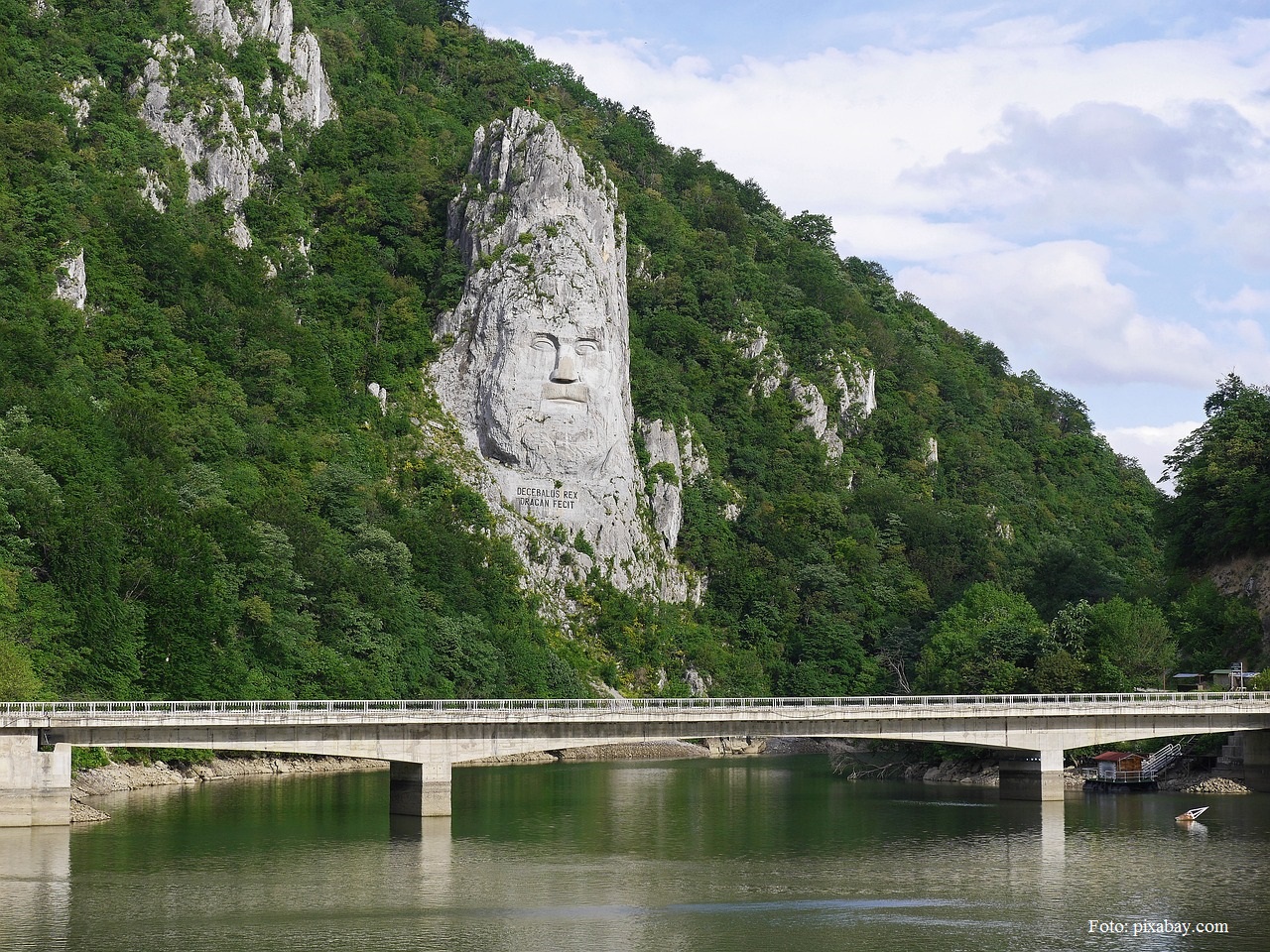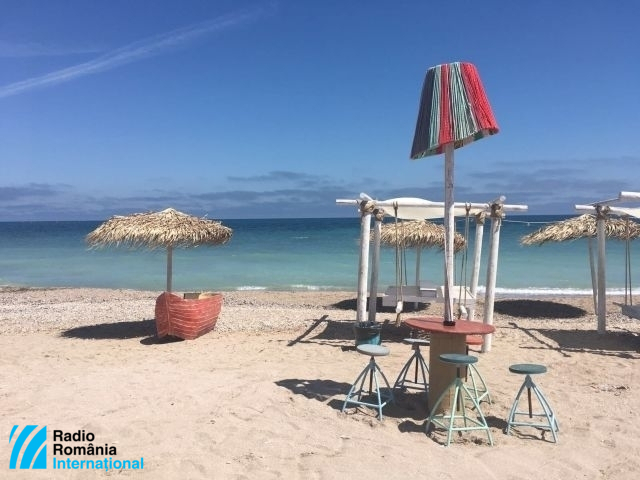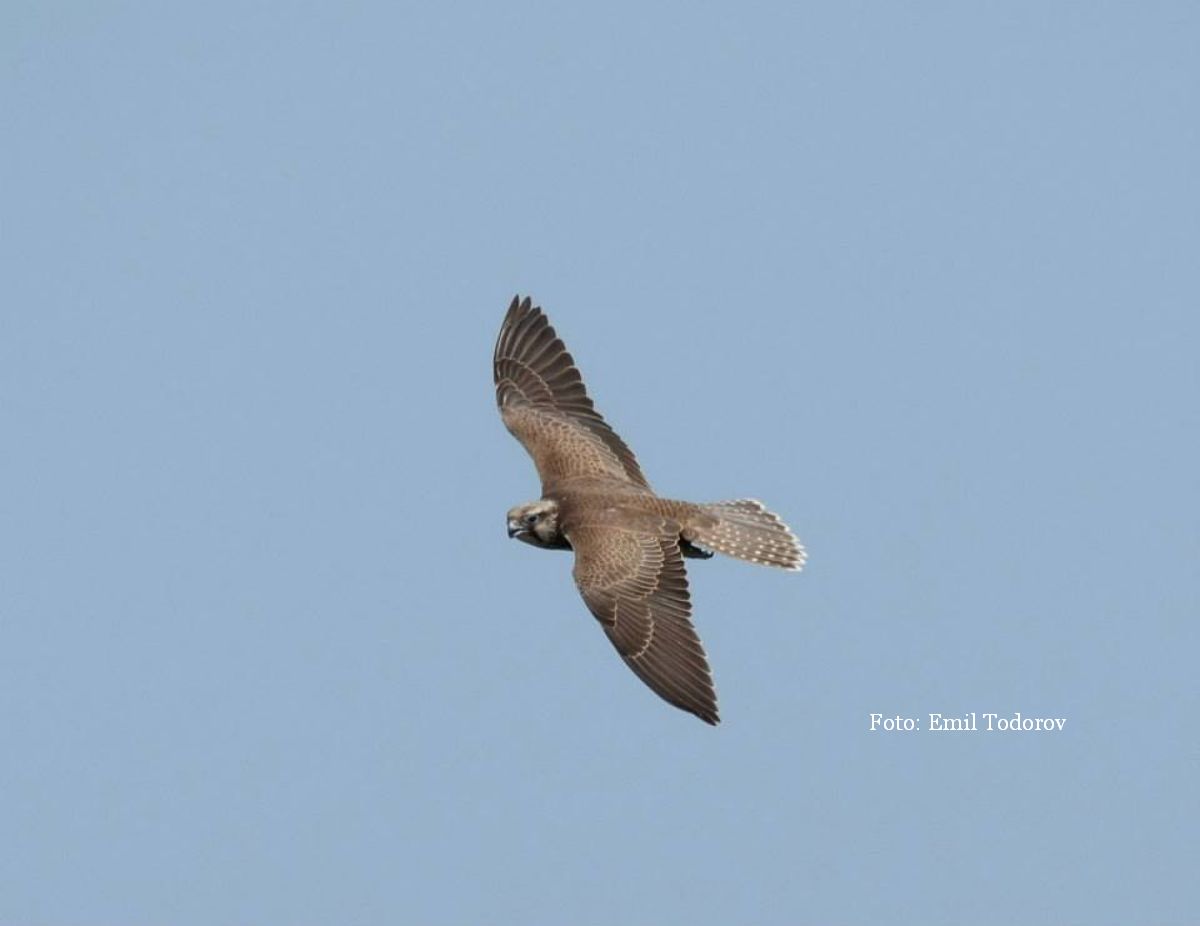Dolphin watching, the new attraction on the Romanian Black Sea coast
Dolphin spotting boat trips will be available for the first time for visitors to the Romanian seaside resorts this summer.
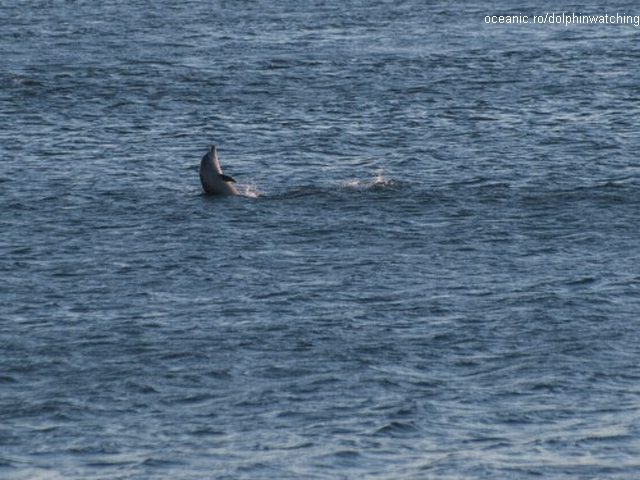
România Internațional, 30.01.2015, 14:00
Fishing boats will be taking tourists to the dolphins habitats in the Black Sea this summer as part of a unique project in Romania ran by the Oceanic Club in Constanta, a society for marine exploration and protection. The project is called “Dolphin Watching, an alternative for sustainable development” and will be implemented in the southern part of the Romanian Black Sea coast, between Cape Midia and Vama Veche.
This type of tourist activity, which is very profitable and has been carried out successfully in many countries, will also be included in the packages provided by different hotels in Romania’s seaside resorts, says the director of the Oceanic Club, Razvan Popescu Mirceni:
“This project is mainly aimed at introducing dolphin watching to Romania. This type of ecotourism, widely practised in countries like Iceland, Greece, Italy, Spain, Portugal, South Africa, Australia and the United States, involves local communities, in particular fishermen, as well as boat owners and travel agencies. During these boat trips, visitors are taken far at sea to encounter dolphins in their natural environment. This type of activity became popular in the 1990s, and according to World Wide Fund data, this business grew significantly between 2000 and 2010, generating profits of over one billion euros. The money went to the local communities, especially fishermen, who have thus become more interested in protecting the dolphins. To a certain extent, this also diminished the pressure on fishing at a local level.”
The Oceanic Club volunteers, who have been monitoring the dolphins in the southern part of the Romanian Black Sea coast for the past 8 years, have identified several families of dolphins at 300 m to 7 or 8 km off the coast. The cost of a fishing boat trip is between 30 and 200 euros depending on the type of boat available. Tourists are allowed to take photos or film the dolphins while keeping a safe distance of around 100 m. Razvan Popescu Mirceni, from the Oceanic Club:
“We have 25 trained guides for the dolphin watching trips and are working with several travel agencies to facilitate dialogue and the exchange of information between the people who provide the service and the agencies who bring in the visitors. Our intention is to turn this activity into an organised form of tourism, one that meets certain standards and can attract a constant flow of tourists. Basically, what we want is for this activity to be carried out in a responsible way, both in terms of the environment and the development of local businesses. We have also made available for the parties involved in the project a best practice manual. This is free of charge and is available online and in print format. In February, we will also finalise a documentary film about how to conduct dolphin watching activities in a way that is environmentally safe, a film that will be useful both to the public and the people who develop this type of business.”
The Black Sea is home to three species of dolphin. Although protected by law and international conventions, the number of dolphins has decreased dramatically, from two million in the 1950s to a few tens of thousands today. The main threats to the dolphins are the fishing nets. Razvan Popescu Mirceni explains:
”As the practice of trawling has decreased, a number of pelagic species, which live in waters that are neither close to the bottom nor near the shore, have recovered, and they attract the dolphins. Because of extensive fishing, the situation is still difficult for other types of fish, such as demersal species, which live on or near the bottom of the sea, for example the turbot and the goby. Unfortunately, a lot of cage fishing is practised, and this is not good. However, the stocks of species like sprat, mackerel and silverfish have recovered and this draws many marine mammals living in the west of the Black Sea to the Romanian territorial waters, especially in summer. One thing we should mention is that during the 75 expeditions we carried out at sea in 2012 and 2013 we had 65 encounters with the dolphins. So far, we have mapped a large number of areas where dolphins come for food, to socialise or to rest, so we know the time of day, type of weather and times during the year when we are most likely to encounter them. Therefore, the information we provide to the people organising dolphin watching trips as to the likelihood of encountering dolphins in a given area is more than 98% accurate.“
The dolphin watching project on the Romanian Black Sea coast begins on May 1st.

